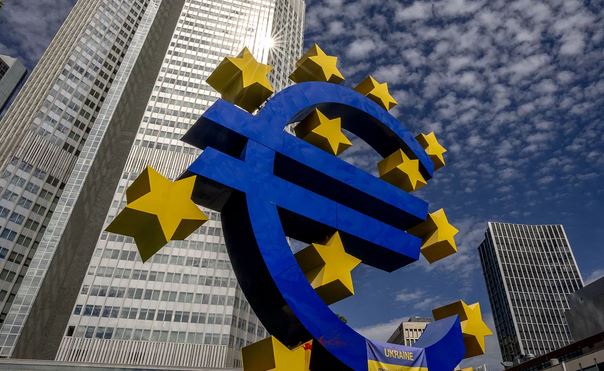Investors assessed that rate setter Isabel Schnabel’s less hawkish stance contributed to a fall in eurozone government bond yields after inflation data failed to settle the debate over the European Central Bank’s September rate decision.
Bond prices, which move in inverse correlation with yields, are expected to remain in a narrow range ahead of U.S. job figures that could provide a clearer picture of the market’s direction. There is increased expectation that the Federal Reserve will hold interest rates steady this month due to recent data.
On Friday morning, the U.S. dollar edged lower in early European trade, ending a six-week winning streak. The report on U.S. jobs is due out in a couple of days.

So far this week, the Dollar Index, which tracks the greenback against a basket of six currencies, has fallen by around 0.4%.
Nonfarm payrolls loom large.
A bunch of weak economic readings have fueled bets that the Federal Reserve will keep rates on hold in September, resulting in some buying of the greenback on Thursday after data showed that U.S. personal expenditures increased much more than expected in July. The U.S. dollar is likely to snap a long-running positive streak.
As traders look for the latest clues that could give insight into the direction of Federal Reserve policy in the near term, the volume in the market is limited ahead of the vital August nonfarm payrolls number.
In July, the U.S. economy is expected to have created 170,000 jobs, down from 187,000 the month prior, with the unemployment rate holding steady at 3.5%.
The Federal Reserve could raise interest rates more quickly if there were signs of strengthening in the labor market.
Euro slips ahead of eurozone Manufacturing PMI release
With core inflation in the eurozone down 0.7% in August, the euro edged 0.1% up to 1.0848, with the EUR/USD gaining 0.1% to 1.0848.
The region’s major economies – Germany, France, and Spain – reported higher inflation than expected, but nothing materialized.
Either way, the following policy meeting of the ECB is likely to be filled with uncertainty, with inflation rising above target and hawkish board member Isabel Schnabel acknowledging weaker eurozone growth than anticipated.
Later in the session, the final eurozone manufacturing PMI is due to be released, and the August figure is expected to show a slight improvement after the previous figure showed industry activity slowing at the fastest rate since the pandemic began.
ING analysts said the ECB story over the coming weeks could give EUR/USD some support as chances of a rate hike in September are under-priced (43% probability now).

Yuan slips despite PBOC move
With the USD/CNY rising 0.1% to 7.2622, the yuan had little support from a private survey showing China’s manufacturing sector unexpectedly grew in August, as well as the People’s Bank of China reducing the amount of foreign exchange reserves required to be held by Chinese banks.
Even though this should boost the Chinese currency, the broader outlook for the second-largest economy and, consequently, the yuan remains gloomy following COVID-19. Elsewhere, GBP/USD fell slightly to 1.2668, while USD/JPY fell 0.1% to 145.50 in muted trade after Japanese data showed local manufacturing activity shrank further in August.


